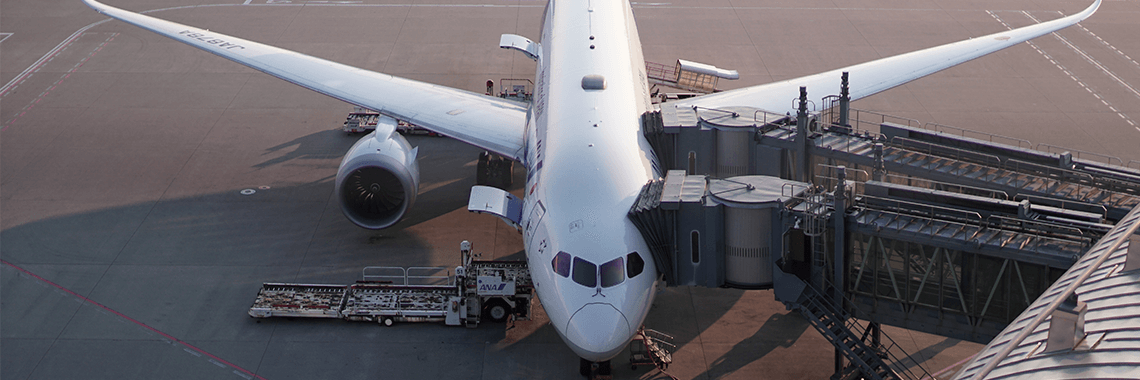The New Normal in Aviation Post-COVID

23rd December, 2020
Given the effect of COVID-19 on the aviation industry, it is difficult to imagine that flying after the crisis would ever be the same as before. There are significant procedural changes taking place within aviation, many of which might be here to stay. This post delves into the most pertinent of these changes with an aim to sketch a picture of the new normal that would exist after COVID-19.
Hygiene: With growing nervousness around the concept of travel hygiene, it is unsurprising that cleanliness is on top of the priority list for airports and airlines. Many carriers, such as Etihad Airways, have taken up the opportunity to emphasize their thorough cleaning processes with an aim to put passengers at ease, as reported by the Royal Aeronautical Society. Many airlines have also been touting their use of high-efficiency particulate air (HEPA) which provides air cleanliness levels similar to air filters in hospitals’ operating rooms. However, should this become the new norm, aircraft turnaround time may suffer enormously since it might take up to four hours to sanitize an aircraft.
Contactless technology and procedures: This pandemic may have further accelerated aviation’s move towards contactless technology. In the context of the passenger journey and the crisis, contactless does not just mean the absence of physical touch but also the reduction of contact points with other human beings. For example, one avenue can involve the use of contactless thermometers and sanitizers (as suggested by Airports Council International). Another approach (suggested by International Airport Review) could revolve around the incorporation of body scanners, e-gates and pre-printed bag tags to make the consumer journey touchless. Star Alliance has recently revealed that it has developed a system which provides a contactless passenger journey through the airport. This system, currently available to frequent flyers of Lufthansa and SWISS at Frankfurt and Munich airports, allows passengers to complete checks at security and boarding checkpoints without any form of physical contact with airport staff.
Communication: Communication is going to be key when it comes to aviation procedures post-COVID, as pointed out by Vaibhav Sharma of HCL Technologies. Timely, relevant and engaging communication will be imperative to ensure that consumers are aware of the procedures to be followed in order to fly before and after the pandemic. Consistent reminder emails about safety procedures and the presence of relevant health signage in airports are two ways in which aviation brands can reach out to passengers, communicating with them in a meaningful and effective manner.
Operational efficiency: International Airport Review reports that many airport terminals have ceased to operate because of a lack of operational flights. This means that airport operators are, in essence, left with lesser terminal resources, making operational efficiency imperative. Not just that, given social distancing requirements, it also becomes important for operators to efficiently manage passenger flow with an aim to reduce delays and any inconvenience. A reduction in revenue also means that airports need to revisit overhead costs, ensuring that resources are utilized efficiently and optimally in order to minimize these costs. A-CDM platforms (like EMMA) help airports operate efficiently and maximize resource use by providing key stakeholders with the exact information they need at the time when they need it. This, in turn, allows these airport stakeholders to make informed decisions, improving the efficiency of operations.
It is clear that COVID-19 will have a lasting impact on the aviation industry. Health & safety, contactless technology, communication and operational efficiency are key trends, the importance of which has been emphasized by this crisis. While the present may seem bleak due to falling revenue, the future (if we learn from the pandemic) may provide passengers with a safer, more efficient and convenient flight experience.








